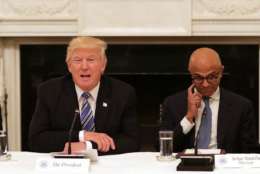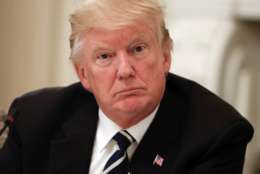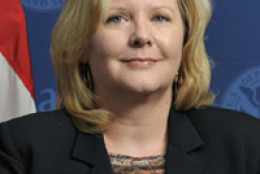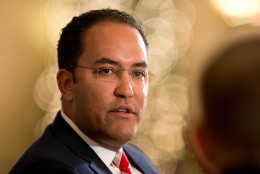IT Modernization
-
The federal government may be a step behind industry when it comes to IT, but it's always the same step. It stays in the race, never quite catching up.
June 22, 2017 -
The White House kicked off tech week by hosting 18 private sector technology leaders from companies such as Amazon, Apple and Google at the American Technology Council meeting.
June 20, 2017 -
Scott Buchholz, chief technology officer for Deloitte Consulting LLP's Federal Government practice, joins host Roger Waldron on this week's Off the Shelf to discuss the company's 2017 report on technology trends and their impact on federal government operations. June 13, 2017
June 12, 2017 -
One way Congress might improve is if it upgraded the way in which it communicates to the public. Congressional agencies like the Government Accountability Office and the Government Publishing Office have made tangible modernizing strides in recent years.
June 08, 2017 -
The Office of Management and Budget and new White House Office of American Innovation are working together on a 90-day sprint to develop a series of work streams on a variety of topics. Teams will recommend new ideas on ways to improve shared services mechanisms, the Trusted Internet Connections (TIC) policy and federal hiring process.
June 07, 2017 -
Rob Klopp spent two years as the Social Security Administration’s chief information officer and brought the agency into the modern technology era.
June 02, 2017 -
Cameron Chehreh, the chief operating officer, chief technology officer and vice president at Dell EMC Federal, said hybrid cloud, micro-services and as-a-service buying models are key to enabling agencies to move off of legacy IT systems.
June 01, 2017 -
The House recently passed the Modernizing Government Technology (MGT) Act. The Senate is now considering it and Congressman Will Hurd, the author of the bill, said recently he’s confident the upper chamber will move on the bill.
May 31, 2017 -
President Donald Trump’s budget request sent to Congress May 23 calls for an increase of $1.6 billion for federal technology programs and projects.
May 24, 2017 -
Senate appropriators continue to be concerned about the Modernizing Government Technology Act, particularly letting each agency have a working capital fund.
May 22, 2017 Does your agency need help with its move to the cloud? Maybe Oracle can help. Sarah Jackson, VP Sales Engineering and Ken Currie, group vice president with Oracle Public Sector join host John Gilroy on this week's Federal Tech Talk to discuss some of the innovations at Oracle is offering to federal IT professionals. May 16, 2017
May 15, 2017-
The Cloud Center of Excellence this week will release a draft best practices guide that will give agency contracting officers, chief information officers and CFOs a new way of thinking about and buying cloud services.
May 15, 2017 -
President Donald Trump signed an executive order establishing the American Technology Council to transform and modernize the federal government’s information technology and how it uses and delivers digital services.
May 01, 2017 -
OMB is revamping the capital planning and investment control (CPIC) process and asking agencies break down commodity IT spending in more specific terms than ever before.
May 01, 2017 -
The Modernizing Government Technology Act will let agencies keep savings for up to three years to reinvest in IT transformation projects.
April 28, 2017













